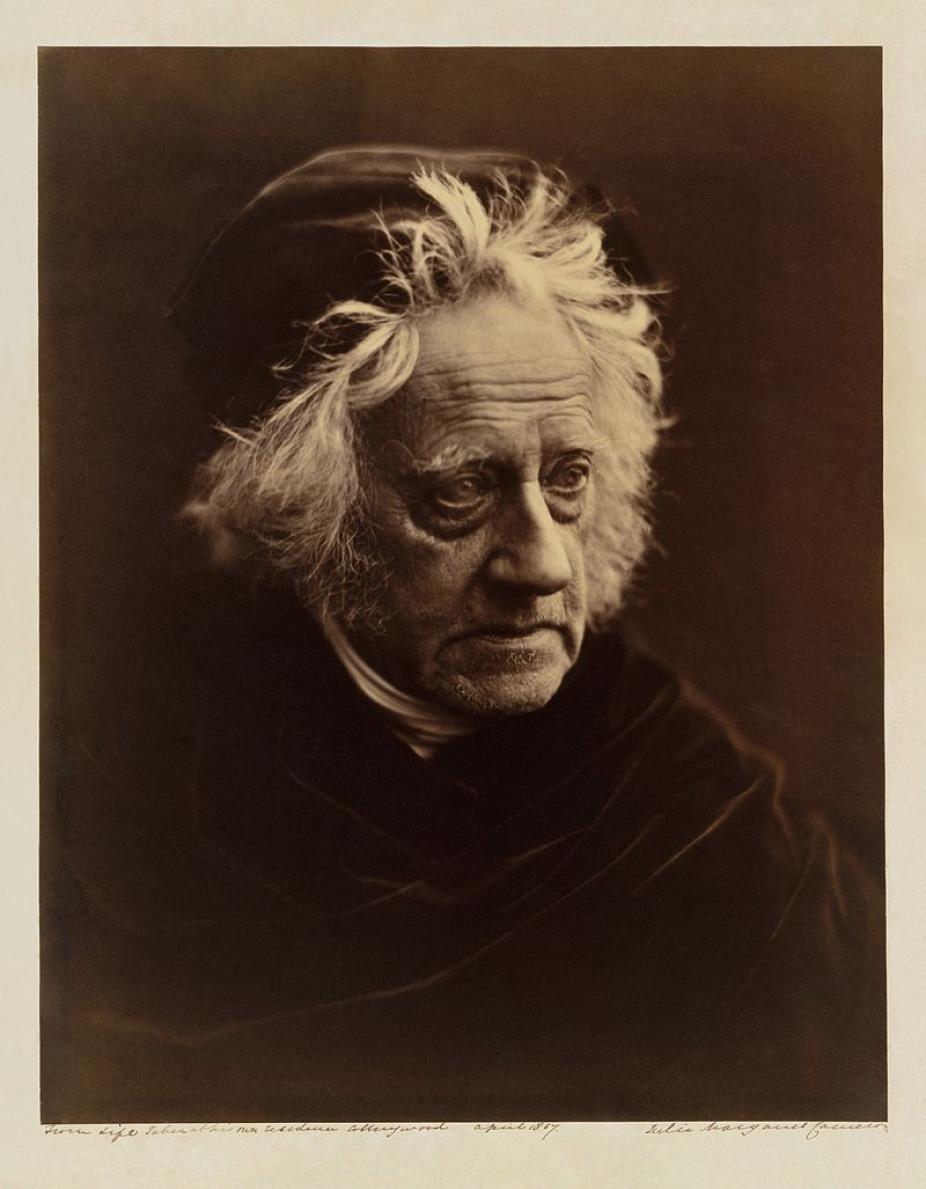John Herschel (1792–1871)
John Frederick William Herschel was born on March 7, 1792 in Slough, England, the only offspring of the already famous astronomer William Herschel. Raised by his father and aunt Caroline (also an astronomer), he studied mathematics at St John's College in Cambridge, from which he graduated in 1816. He then launched into his astronomical career, focusing at first on the study of double stars.

Portrait of John Herschel.
Wikipedia
After five years of preparation, in January 1834 Herschel set out with his family to the Cape of Good Hope, South Africa, to engage in the mammoth task of mapping and cataloging the then largely uncharted Southern celestial hemisphere. During this stay at the Cape from 1837 to 1838 Herschel engaged in his pioneering measurements of the solar energy output.
Upon his return to England in May 1838, Herschel became increasingly interested in the newly founded art of photography (a name coined by Herschel himself, in fact), and became a strong and vocal proponent for its use in astronomy. In 1849 he published his "Outlines of Astronomy," which became a standard textbook for decades to follow. His "General Catalog of Nebulae and Clusters" was the direct ancestor of the modern NGC catalog.
John Herschel was awarded numerous prizes in the course of his scientific career, including the Copley and Royal medals of the Royal Society, and the Lalande Medal of the French Academy of Sciences. A very active and well-known public figure, John Herschel was one of the founders of the Royal Astronomical Society in 1820, and was knighted in 1831. He died on May 11, 1871 and was buried in Westminster Abbey.